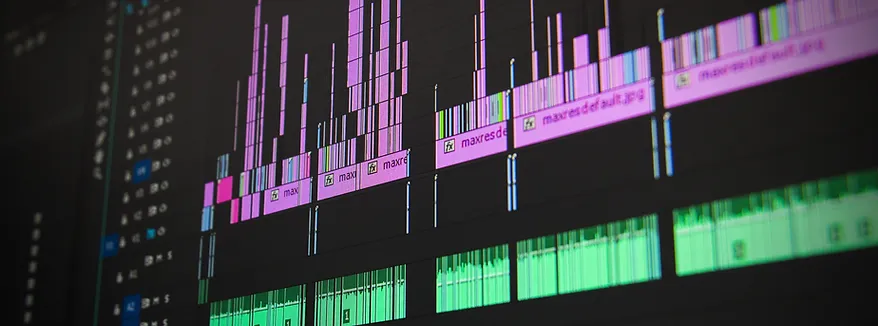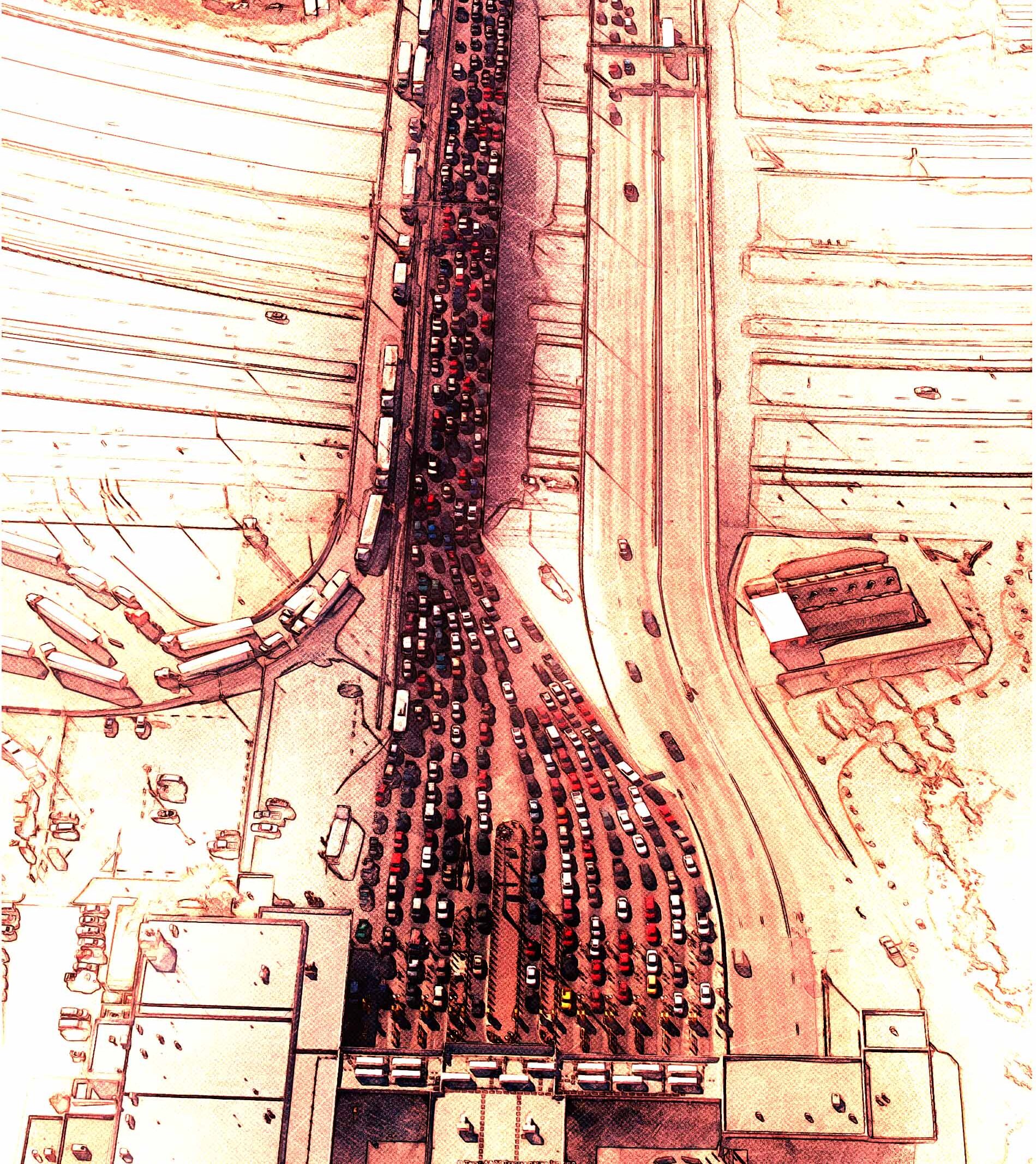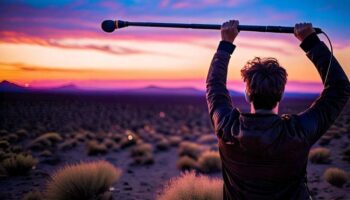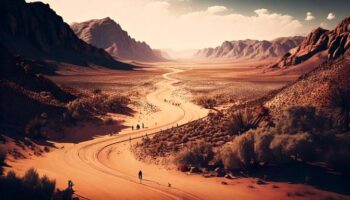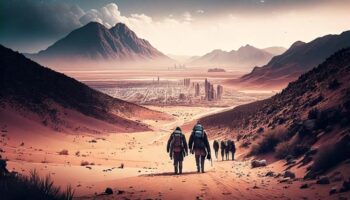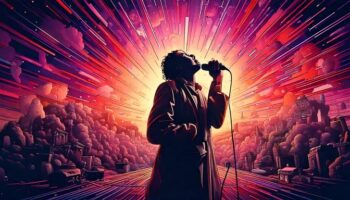“The U.S.-Mexican border es una herida abierta where the Third World grates against the first and bleeds. And before a scab forms, it hemorrhages again, the lifeblood of two worlds merging to form a third country—a border culture.”
This quote embodies the profound metaphorical understanding of the border as a wound, a space of constant friction and intersection between cultures. Anzaldúa’s perspective captures the complexity and struggle of living within and between multiple worlds, resonating with the sonic landscape and the multitude of sounds that encapsulate this border culture.
Soundscapes transcend border divisions; they encompass and traverse cities naturally, reaching beyond arbitrary limits. Exploring the identity voice of the border becomes crucial. Many sounds that once echoed are now impossible to capture directly through field recordings. Some sounds can only be preserved through the efforts of individuals who seek to immortalize the essence of things or places over time. Take, for instance, the Rio Bravo. Its thunderous resonance from years past earned it the name “Bravo,” though cartographically labeled as the Rio Grande. Along the Juarez-El Paso border, this river no longer echoes as robustly, nor does it remain ‘Grande’. Its sound, a heritage lost, resides solely in the tales of our ancestors, a fleeting memory slowly fading, much like the once-majestic sound of the Rio Bravo.

The drive to investigate soundscapes stems largely from the avenues it opens when viewed through a rhetorical lens—an interdisciplinary field intersecting phenomenological explorations within the philosophy of sound. Sound studies manifest as an interdisciplinary field, spanning the humanities and social sciences, engaging collaborators from sociology, cultural and media studies, anthropology, cultural history, philosophy, urban geography, and musicology, offering boundless possibilities. However, to comprehensively understand, it’s vital to detail what Soundscapes entail.
Murray (1997) introduces the concept of Soundscape, a fusion of Sound and Landscape. He defines soundscape as the documentation or capture of an acoustic environment’s sounds. His proposal extends beyond mere audio production, delving into acoustic ecology. Murray underscores the changing soundscape of the world, signaling humanity’s shift toward inhabiting vastly different acoustic environments. This concerns the pollution of sonic spaces and the clamor within diverse habitats. Murray asserts that all sound embodies a soundscape, categorizing every facet of the sonic environment as a field worthy of study.
The soundscape of the US-Mexico border is a symphony of cultural amalgamation, echoing the diversity and complexity of this region. It’s a tapestry woven with the rhythms of languages merging, music intertwining, and narratives colliding. Here, the resonance of footsteps on both sides speaks of shared journeys and unique struggles. The rustle of desert winds carries whispers of hope and hardship, while the languages spoken paint a vivid portrait of heritage and resilience. This auditory landscape is not merely noise but a living testament to the vibrant coexistence of identities, where every sound, from the bustling streets to the tranquil river flow, narrates stories of resilience, adaptation, and the unyielding spirit of a borderland community.


